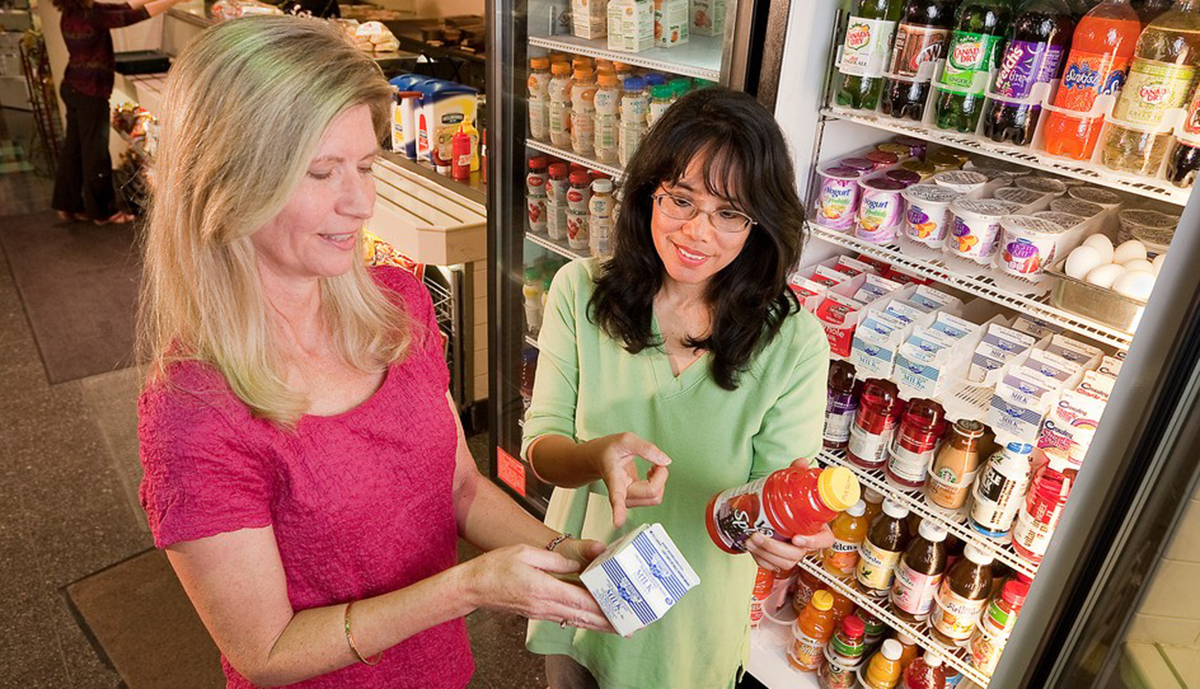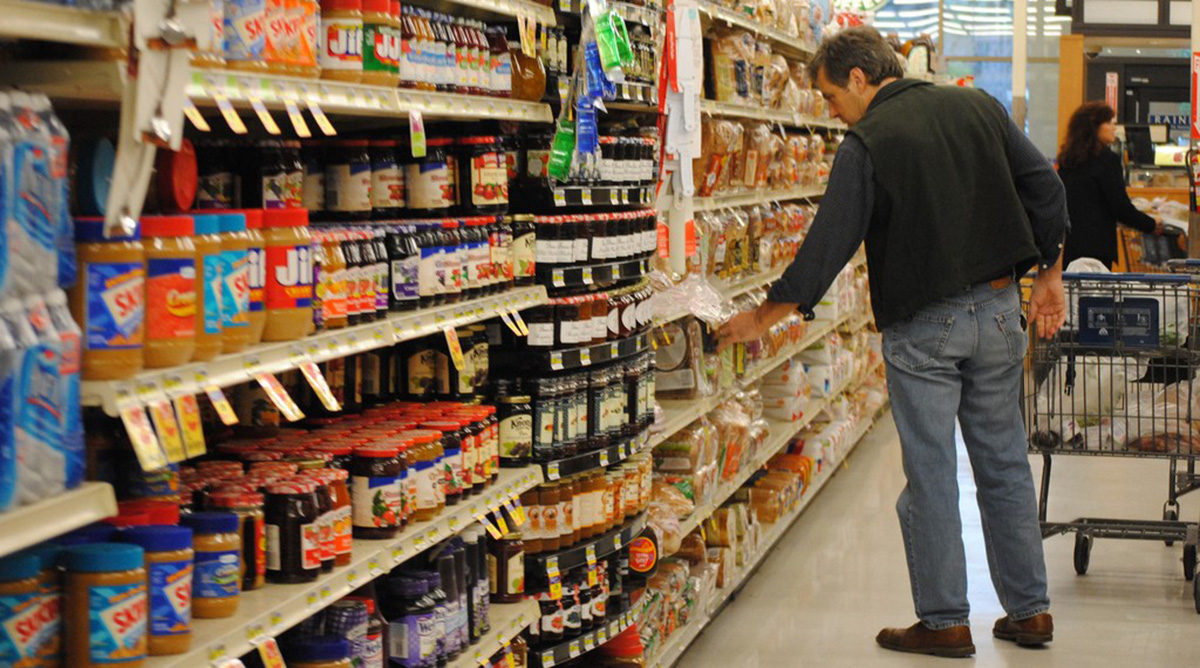It’s no secret that we’re fat. But just how fat we are is sometimes shocking if you don’t spend all day reading articles on the internet about nutrition, so let’s unpack some figures.

Americans are fatter than anyone’s ever been before.
It’s not an isolated case here and there, and it’s not that there are 3 more 400-pound women this year than last year. The general American population has an epidemic weight problem.
A third are clinically obese, meaning they’re so overweight that it has already begun to measurably damage their health. And over 6% of American adults – that’s one in twenty – is morbidly obese, so overweight that it’s shortening their lives and making them sick.
We’re psychologically fat too. Recent studies showed that kids who were overweight thought they were fine – they didn’t know what a healthy weight was supposed to look like. The next week, another study showed that their parents didn’t know either; they thought their obese kids were normal – and technically, they were right.
You might not have known the figures, but you knew the problem existed.
What’s counterintuitive is that in the last thirty years more and more of us have begun trying to eat a healthy diet, take exercise and keep on top of our weight.
The ideal on cinema screens, for both men and women, has changed quite radically – just compare old photos of Steve McQueen to new photos of Ryan Gosling or even Hugh Jackman, or contrast Grace Kelly or Elizabeth Taylor with, say, Jennifer Lopez, Kim Kardashian or Anna Paquin. I’m making no comparison in terms of their work as actors – just noting that physiques on screens for men and women have become more and more idealized and difficult to realize. At the same time, the North American weight loss and obesity market is worth about $140 billion dollars a year. So we’re not fat because we don’t care.
Another is lack of basic fitness knowledge. And a third is the destructive diet advice issued by governments – if we’d all followed the low-fat, low-protein, high-carb diet and the jogging regime that has been the standard fitness advice now for nearly half a century, maybe even more of us would have diabetes.
But there is another major problem: even when we want to do the right thing, we can’t because we don’t know how.
When we go food shopping, some of us only go to organic farms where we buy the very best free-range, non-GMO, hand-reared asparagus and wild salmon caught with spears. If that’s you, you can afford to be gently mocked because you’re going to live forever. Some of us just walk down the extra-wide aisles filling the cart with cheesy puff snacks and soda. Good luck with that. Most of us are in the middle – not fanatical or seriously dedicated to a specific way of eating well, we still want to monitor our calorie intake, keep on top of eating too much fat (a misguided impulse but a sign of good intentions nonetheless) and get some vitamins once in a while.
So we’re walking down the aisles in the supermarket and we pick up a package.
How do we know what’s in it?
We read the nutrition label. That will tell us how much fat, sugar, energy, protein, vitamins and minerals are in the food we’re holding.
See Also: Reading The Ingredient Label: What To Look For
And that’s the problem.
Food nutrition labels are making us fat by tricking us into making bad nutrition choices.
How Food Labels Are Leading Us Astray
First of all, experts openly admit that these labels are estimates at best. They represent an average across the board of what similar products will contain. So that 100g steak may not have 23g of protein – it may have 20, or 26. It may have more or less calories in than the pack states, more or less vitamins, more or less fat.

And here we’re about to meet a solution you can use to stop food labels tricking you into making poor nutrition choices.
That’s partly because the people who compiled the label know exactly what went into it. But it’s also because natural, unprocessed foods can have varying quantities of all nutrients, and because they can behave in unpredictable ways in the body.
Take nuts. Seriously, they’re really good for you and they help you live longer, and they’re a good source of healthy fats. But not as good as the package says.
In fact, according to David Baer from the USDA, they could be out by 5% in the case of pistachios. And as for almonds, they provide 20% fewer calories than the label indicates. Add to that the fact that much of the fat in nuts is trapped inside strong cell walls that the human body can’t break down, and the nutrition label becomes a very poor guide to what you’re eating.
They're good enough, says Marion Nestle, professor of nutrition and food studies at New York University, that ‘one bite more or less will have a bigger effect… than mistakes in measurement.’
Off by a fifth, in the case of almonds, as we’ve seen. And natural foods tend to be higher in protein or fiber than ready meals, if they’re of animal or vegetable origin respectively, and those nutrients have their own weird behaviour in the body. Protein triggers satiety signals, so you feel full longer, and it improves mood too – so if you comfort eat, try comfort-eating steak. The effects of fiber on how carbohydrates from plant foods are digested isn’t well understood, but a high fiber diet is associated with better health outcomes across the board – including lower obesity.
So how are nutrition labels tricking you?
They’re making it look like there’s an equivalence between unprocessed natural foods and highly-processed foods that are pretty much always more calorically dense. You read the label, and it looks like there’s nothing much to choose between a meal in a tinfoil tray and steak and potatoes, or salmon and vegetables.
See Also: What Nutrition Labels Don't Tell You
The numbers all read the same – but the results don’t
The numbers aren’t necessarily intended to deceive – but they are deceptive.
That means you can do something about it – you can make the choice to gradually switch over to a less processed diet. Experts all agree it’s better for overall health. And it’s likely to help you lose weight without even trying. If you’re going to do a single thing for your health this year, then starting to take food nutrition labels with a pinch of salt should be it.
- Photo courtesy of U.S. Department of Agriculture by Flickr : www.flickr.com/photos/usdagov/8424959452
- Photo courtesy of Anthony Albright by Flickr : www.flickr.com/photos/anthonyalbright/4713745704


Your thoughts on this